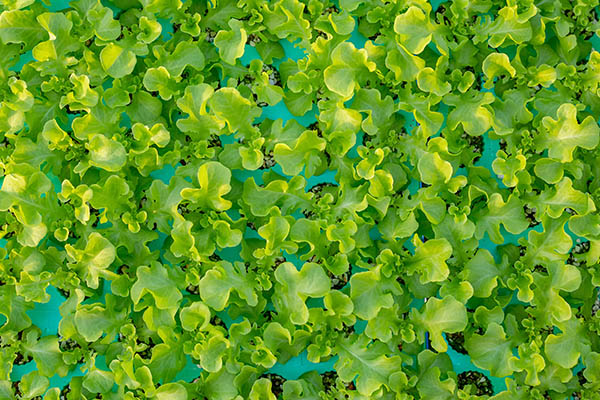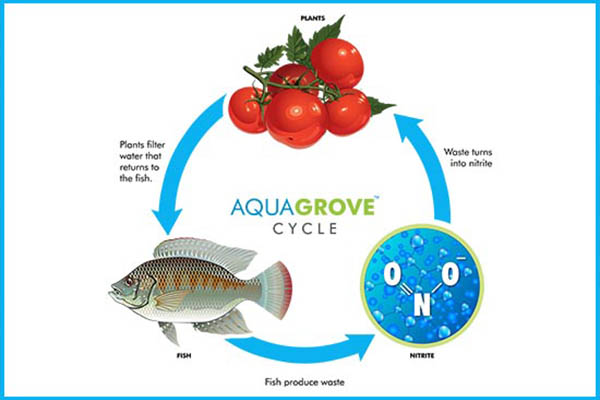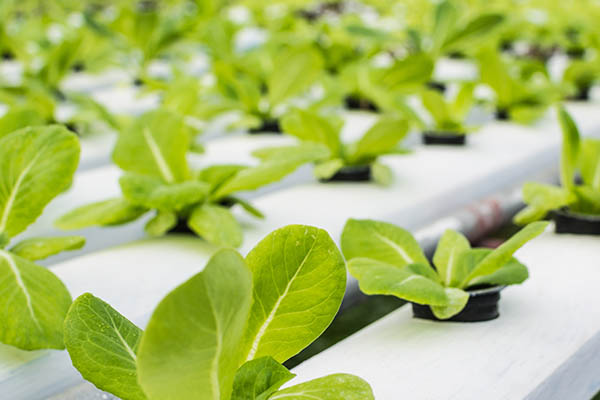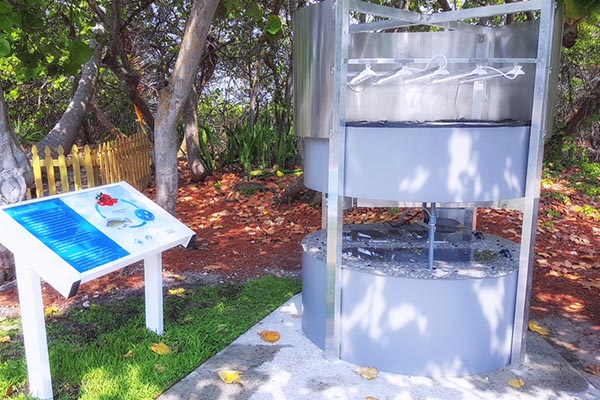Aquaponics
Learn more about AquaGrove...

About Aquaponics ...
Sustainable-living. It's one of today's most popular buzz words. With concern for the health of the environment, more and more individuals the world over are paying close attention to reducing their use of the earth's natural resources, and to lessening their carbon footprint, by changing the way they live their lives.
There are many ways to practice sustainable living and to reduce the pressure we've put on resources such as our water supply, soil, vegetation, and - of course - fish and animals. Many individuals go "off the grid" and convert to a lifestyle that includes things like using solar or wind energy or harvesting rain water rather than tapping into municipal sources. Others look for small but useful ways they can contribute, like riding a bicycle instead of driving a gas-guzzling vehicle.
Aquaponics figures well into the needs of those who wish to practice sustainable living, whether they're living off-the-grid or simply wish to do their part in conserving natural resources.

How does aquaponics work?
Aquaponics - as the name suggests - is the blending of aquaculture (raising fish) and hydroponics (growing plants without soil). It's a system that eliminates many of the problems associated with traditional soil-based gardening and the more common recirculating aquaculture.
Aquaponics is a cyclical system in which one element assists the other so that fish and plants can grow in one integrated system. Simply described, the fish produce waste and that waste is converted by microbes and worms to a fertilizer for the plants. In return, the plants filter water that's then returned to the fish. Hence, all in the same space, plants and fish are thriving together - thanks to each other.

What problems does aquaponics solve?
Soil-based gardening is a hobby for many but has several notable drawbacks. First of all, it requires that one develop an in-depth knowledge of how to sustain plants, shrubs, vegetables, and flowers. It's also taxing on the body - lots of bending and kneeling - and just a few hungry animals or unwanted pests can destroy a beautiful and healthy garden in a hurry. In addition, it also requires heavy use of water and fertilizer.
With hydroponics, these common concerns are eliminated. However, traditional hydroponics can also be complicated and relies on expensive, man-made nutrients to survive. Conversely, aquaponics requires only inexpensive fish food or food that you're growing yourself. You'll also never need to replace water in an aquaponic system; you'll only need to allow for refilling due to evaporation.
Similarly, with traditional aquaculture systems, water must be discharged once it becomes polluted with fish effluent, which produces ammonia. This water is then pumped into waterways that, as a result, become polluted as well. Additionally, fish in these systems often become diseased and are treated with antibiotics, which is then passed on to the consumer. With aquaponics, disease is rare and water never has to be discharged.

Who will aquaponics benefit?
Truly, anyone can take a stab at aquaponics, from the city dweller who wants to eat healthier to the family who lives far from civilization and needs a reliable food source to the small farmer who is in search of ways to save water and other resources.
Interestingly, some advocates of aquaponics promote converting large unused urban spaces - such as vacant warehouses - to places where aquaponic systems can be installed. Noting that just an acre of space can produce 50,000 pounds of Tilapia and 100,000 pounds of vegetables per year, it seems likely that aquaponics may point to a new way to feed the hungry with much less trouble and money spent.
Learn more about AquaGrove...










